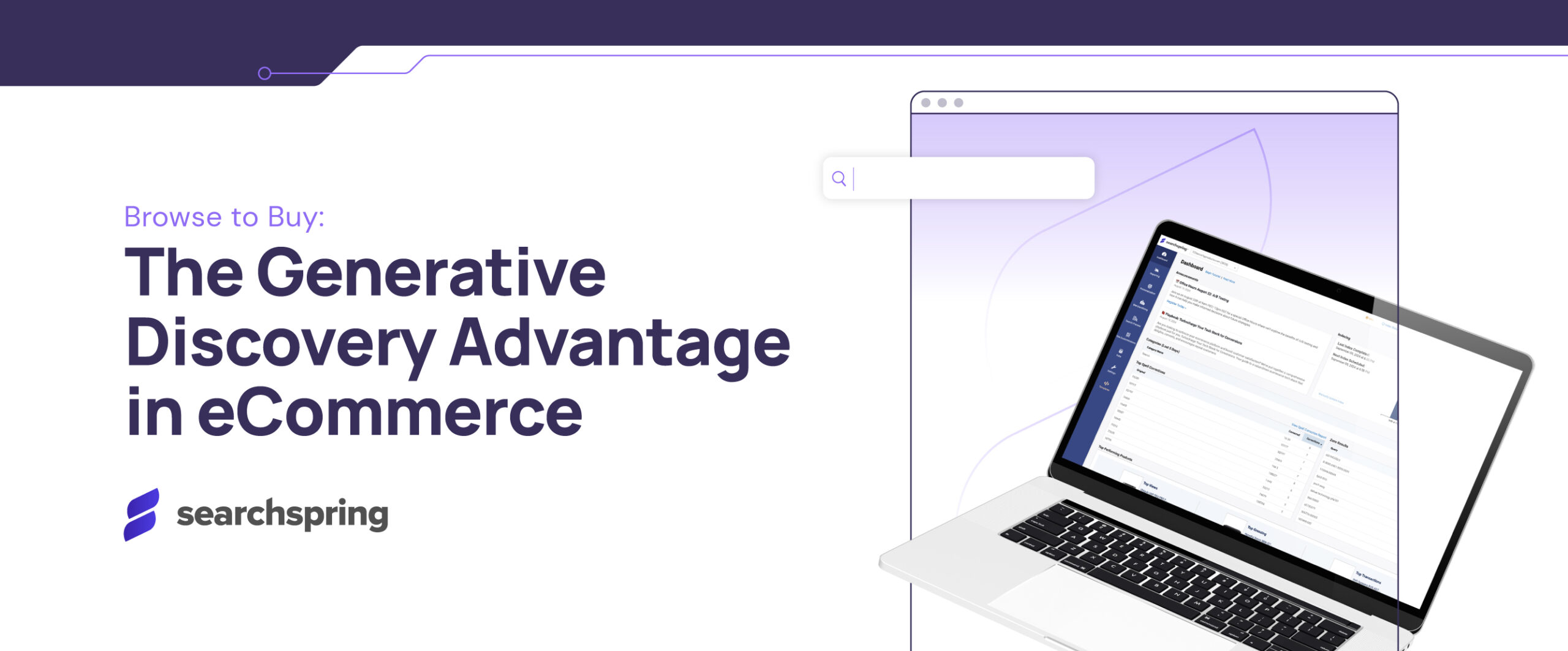Digital transformation is now one of the top priorities in every wholesalers’ B2B ecommerce strategy. There were some recent changes in our day to day. Everyone’s product buying experience has evolved. With that comes the need for services that make the digital experience more personal.
Larger wholesalers have been migrating from on-premises software to hybrid models for some time now. That include SaaS, IaaS, and PaaS. These new environments enable change and adaptations in their markets, including omnichannel capabilities.
So, how do B2B ecommerce businesses succeed in these new environments? A personalized buying experience and exceptional user experience (UX) are key aspects to thrive as a digital B2B enterprise. To succeed, marketing teams will need to shift how and where they focus their communication with their customers. Their methods of delivery will need to be fast, secure, and dynamic.
Your B2B Ecommerce Strategy Starts with Intuitive Product Discovery
Intelligent site search and personalized product recommendations are essential to a B2B ecommerce strategy. Searchspring’s reporting offers insights into keyword popularity, revenue, and conversion rates. This allows you to make ongoing, data-backed improvements to the online purchasing experience.
Wholesalers can prioritize inventory based on popularity or stock levels in their product results, boosting the necessary styles or SKUs. Search previews make it easy to understand how products are ranking for different keywords, filters, synonyms, and tags.
Product recommendations also play an important role in streamlining B2B purchases. Displaying complementary products makes it easier for customers to identify parts or accessories that are compatible with the product being viewed, and can potentially increase AOV.
Customer Experience Isn’t Just a B2C Consideration
Another area that falls in line with B2B digital transformation is user experience. You hear this term often with retailers, but with wholesalers we find that the experience is often overlooked. CX involves creating a dynamic website that responds to the needs of the retailer as the true customer. Removing pain points, smart product merchandising and prioritization, and easy order entry and checkout are ways to keep a retailer coming back to your site.
Many traditional trade shows canceled recently. Buyers are forced to use digital marketplaces or portals in order to make wholesale purchases. No purchaser wants to spend hours clicking through pages to find the part or item that they need. Therefore, improving the quality of site search and navigation makes sense to speed up the process of booking orders and improving CX.
Advantages
Newer wholesale sites have added advantages over traditional models. They allow for buyers to compare products and view the assortment ahead of or instead of appointments. Showcasing better product information results in fewer sample requests and a better understanding of the products. This saves time and money for both parties
A retailer may have come to a digital B2B marketplace out of need. But they will stay because of an improved experience and better assortment availability.




